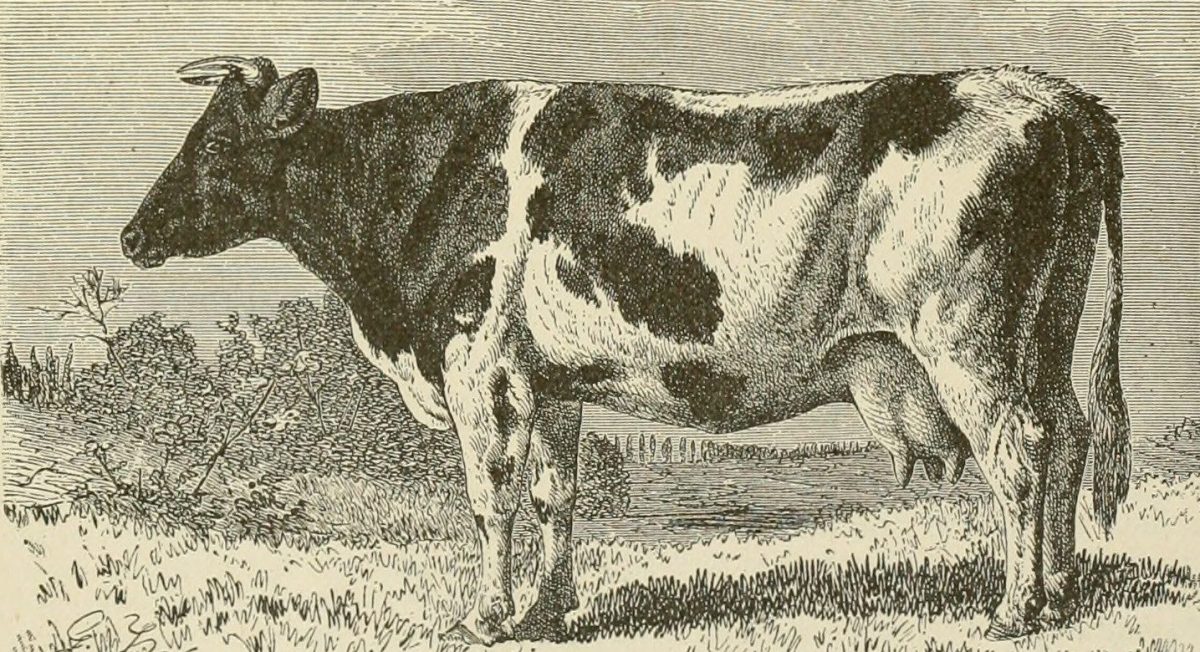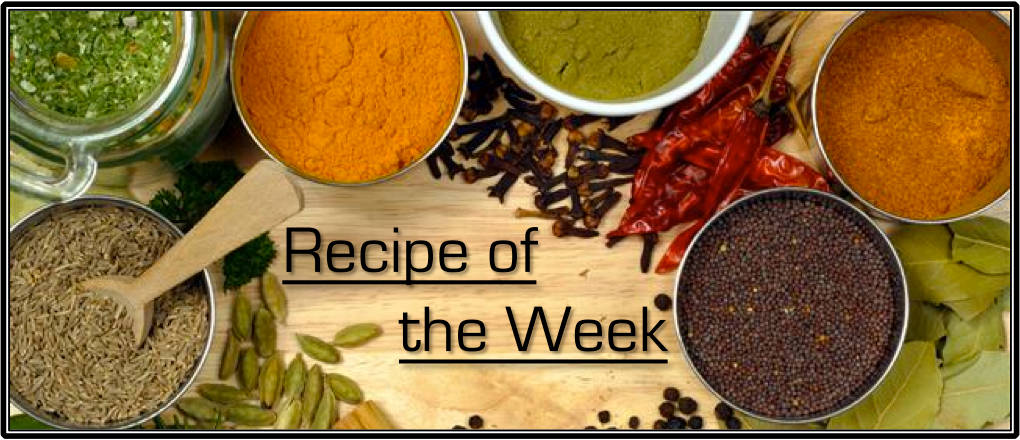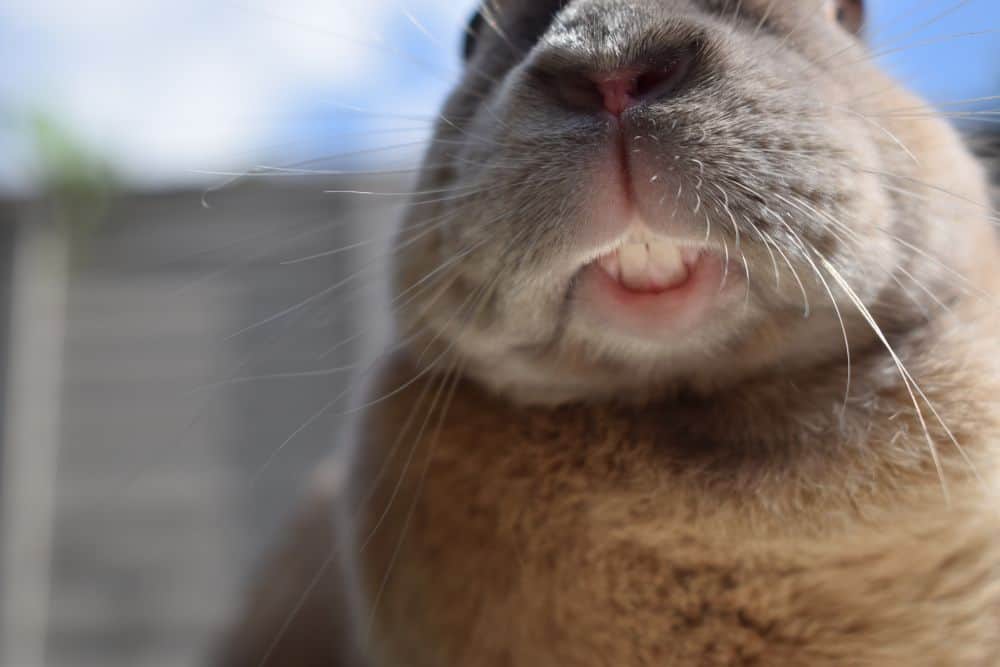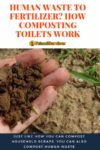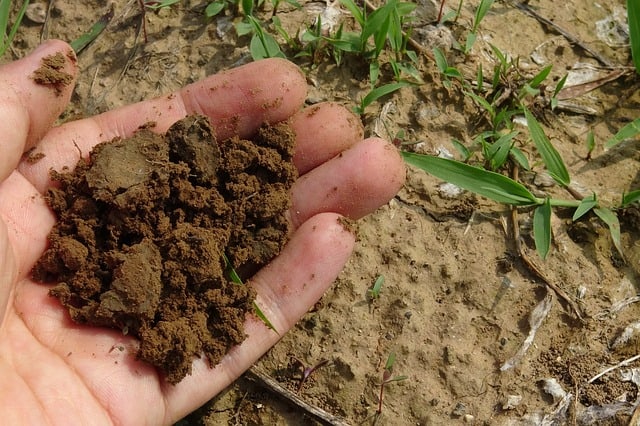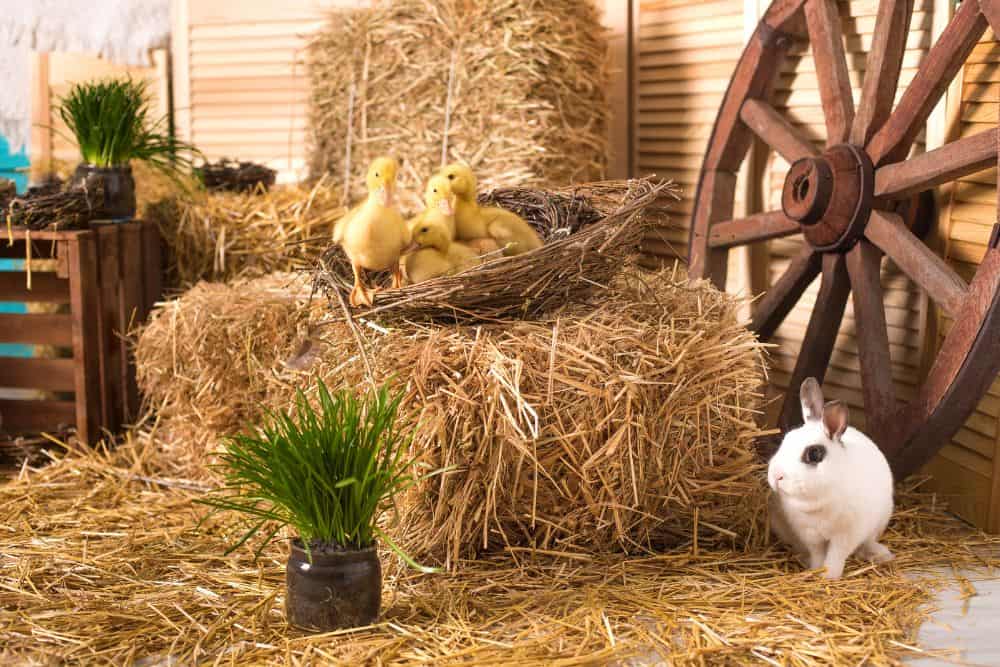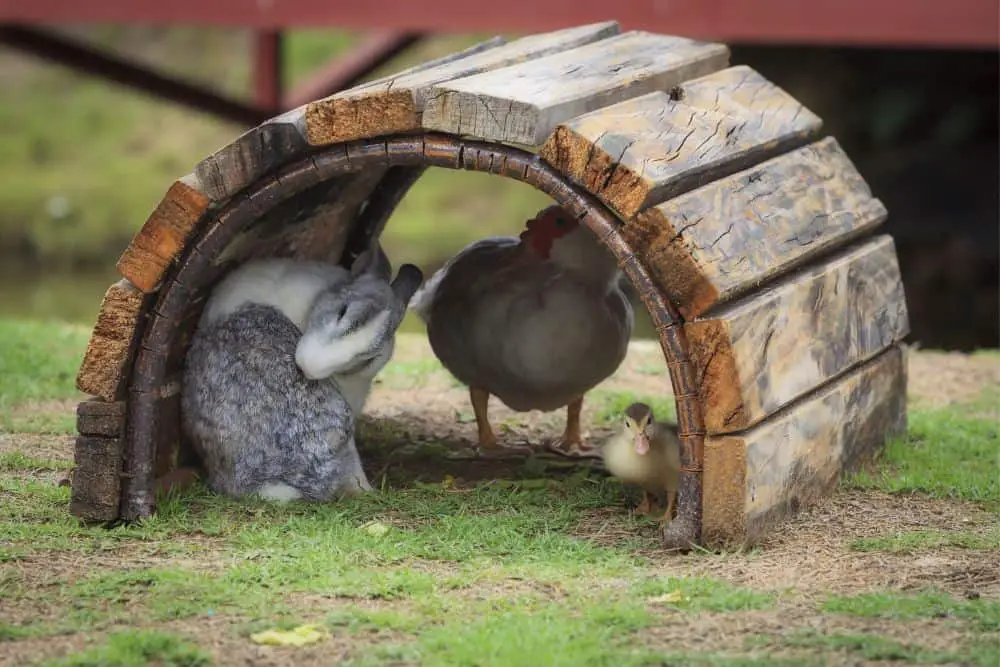Whewboy! What a year this has been. It feels like just yesterday that I got the keys. I can confidently say that I haven’t worked this hard since I had four babies, in quick succession, to care for. And even then, I don’t think I worked this hard. I did finally “crash and burn” recently and was sick as a dog for over two weeks and had to call for help just to keep animals alive. I think it’s interesting and helpful to take the time to review the year and make decisions about how things should go moving forward. Managing a small farm by yourself is not for the faint of heart. Hopefully, anyone dreaming about a homestead can pick up a few things from my story that will be helpful. The joke I make with my family is “I go, therefore, in order to set an example of what not to do.”
A Little Background
For those of you just tuning in, over a year ago I left Idaho, sold my cabin in the mountains, and moved to Tennessee. I did so because my children and grandchildren decided to move here and I didn’t want to be so far away from them. My roots are in Tennessee, my dad was born here, and I visited my grandparents and other relatives in these here parts when I was a child. I never dreamed I would come this way again as an adult. But, here I am. Previous to my Idaho respite, I worked in high tech as a professional and travelled the country consulting. I worked very long hours and was under tremendous pressure all the time. A series of serious illnesses stopped me in my tracks and I had to retire early. I was definitely in the “city girl” category and never imagined that I would become a “country girl” in my retirement years.
When I found this small farm, I felt like God said, “This is what you wanted ever since you were a little girl, right? You wanted a farm like your grandpa had, and you wanted animals to care for. Here you go.” I was pretty ecstatic at the time. And I am still grateful and still feel like I was given a big present. I had no idea what I was doing though. Which has made everything that much more interesting. I laugh a lot. I laugh at the sense of humor God has. I laugh at myself for thinking I can do anything I want. I laugh when I’m overwhelmed and every muscle is screaming at me. I do sleep good though!
You Don’t Know What You Don’t Know
I guess the first question is: would I start a small family farm, at my age (60 something), if I had it to do over again? I can still say, yes! Would I do anything differently? Yes, just about everything. Honestly, no matter how brave you are, you just don’t know what you don’t…
